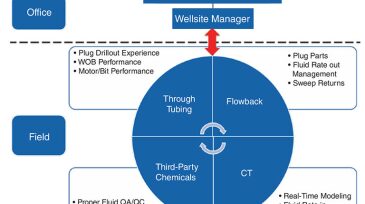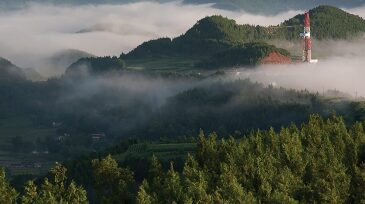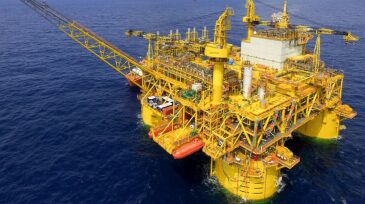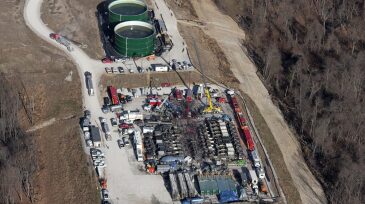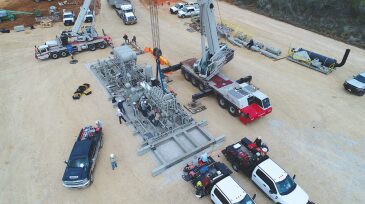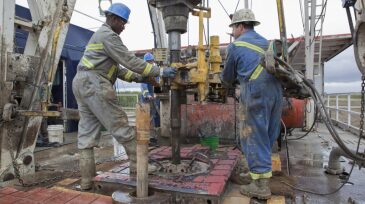Reservoir
Ranger acquires American Well Services for $90.5 million, adding 39 workover rigs and boosting its fleet by 25%.
Production from the Búzios field now tops 1 million B/D with six floating production systems in operation and more on the way.
Geophysicist Markos Sourial discusses advances in seismic imaging, the challenges of modern data processing, and what they mean for the next wave of subsurface professionals.
-
This paper discusses the operation of the largest offshore high-pressure water-alternating-gas (WAG) injection pilot using hydrocarbon (HC) gas, with a gas-injection capacity of approximately 100 MMscf/D, in the giant Al-Shaheen field offshore Qatar.
-
This paper presents a factory-model approach to improving CT drillout performance that has been used successfully for more than 3 years and has become standard practice.
-
This paper discusses the advantages of the in-line quench-and-temper (Q&T) process, which enhances overall CT life and reliability by producing tubing with more-uniform microstructure throughout its entire length, increased material strength, and improved bend-fatigue performance.
-
As the country pushes for higher output from its emerging unconventional sector, nature is pushing back. To get better results, operators there are increasing their reliance on technology.
-
Wireline formation tests are a critical piece of the exploration and appraisal process, yet they come with a degree of uncertainty. The supermajor has tapped a new software developer to see if it can clear things up.
-
Indigo Natural Resources, Aethon Energy, and Rockcliff Energy are among the most active operators in the revived Haynesville Shale of North Louisiana and East Texas. And most people outside of the region likely have never heard of them.
-
This paper discusses how machine learning by use of multiple linear regression and a neural network was used to optimize completions and well designs in the Duvernay shale.
-
There is every reason to believe that enhanced oil recovery through huff-and-puff injections in US tight-oil plays could be a technical success across large numbers of wells. However, widespread economic success remains uncertain.
-
After a long cooling off period, this dry-gas shale play is once again red hot.
-
While some try to put the two enormous oil producers toe-to-toe, the best thing to do might be to understand why they are different.





